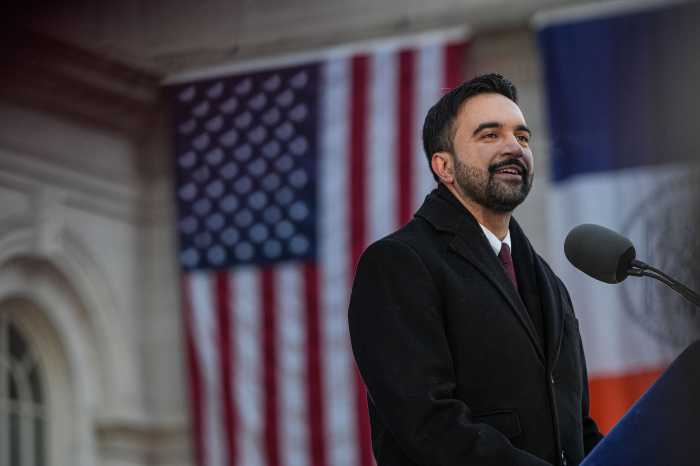Recent collisions between birds and airplanes departing city airports could give a much-needed “all clear” for negotiations between the Port Authority and wildlife conservation groups.
While recent uproar mainly surrounds possible runway expansion plans at JFK, in-flight crashes with birds came under scrutiny when a Los Angeles-bound flight was quickly grounded after a bird was sucked into its engine shortly after taking off on Thursday, April 19.
Tarmac expansion came under fire when the Port Authority of New York & New Jersey announced its proposal to extend the airport’s runway, expected to cover a significant portion of the Jamaica Bay area, in February, 2011. The 400-acre area of land, including wetlands and shoreline, was designated as a wildlife refuge, park and recreation area by the National Parks System in 1972.
Assemblymember Phil Goldfeder believes conservationists attempting to protect the birds and those trying to ensure the safety of plane passengers need to collaborate.
While preserving Jamaica Bay has long since been a priority on Goldfeder’s platform, he proclaims he is not for working against the airports, adding that there is always a balance to be found.
Goldfeder also noted that many people believe the birds striking the planes are not the same birds nesting in the Jamaica Bay area.
A source close to the situation suggested increasing traffic out of the city’s other airports, LaGuardia and Newark, is a better solution than filling in Jamaica Bay.
Steve Coleman, a spokesman for the Port Authority, claimed that the agency’s wildlife control protocol is above and beyond Federal Aviation Administration (FAA) regulations, insisting they are among the industry’s most effective.
“Our wildlife biologists and staff efforts to minimize threats to aircraft include reducing nesting areas, removing standing water and eliminating food sources,” said Coleman. “We also use pyrotechnics to disperse birds. We believe those efforts are effective since the number of incidents at JFK resulting in aircraft damage has remained about the same since 2008.”
Dan Mundy, president and founder of Jamaica Bay Eco Watchers, believes the recent increase in collisions Mundy mentioned the famed incident of US Airways Flight 1549, when Captain Chesley “Sully” Sullenberger was forced to make an emergency landing in the Hudson River after striking a flock of Canadian geese in January of 2009. Mundy alleged that high-flying fowl cause more severe problems than those closer to the ground, adding that groups of migrating birds can be dangerous to planes, as with Flight 1549.
According to published reports, Sullenberger opposes the mayor’s plan to put a trash station near LaGuardia Airport — a decision that will inevitably bring more birds to the area.
Acknowledging that the Port Authority takes measures to scare away birds, such as simulated gunshots and preying falcons, Mundy wondered why plane manufacturers have yet to design a system to prevent birds from being sucked into engines.
Mundy added that bird strikes are not just a problem with airplanes. Several tall buildings, including the Empire State Building, have caused the demise of birds killed by flying directly into the glass windows.
































